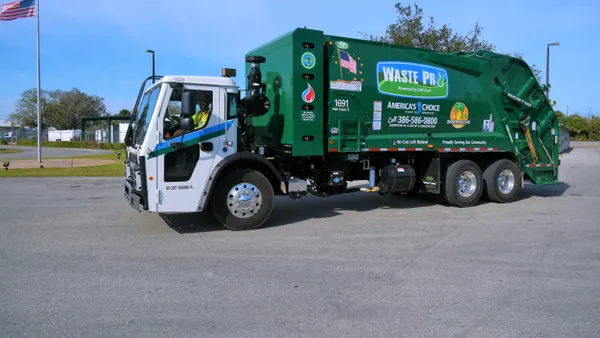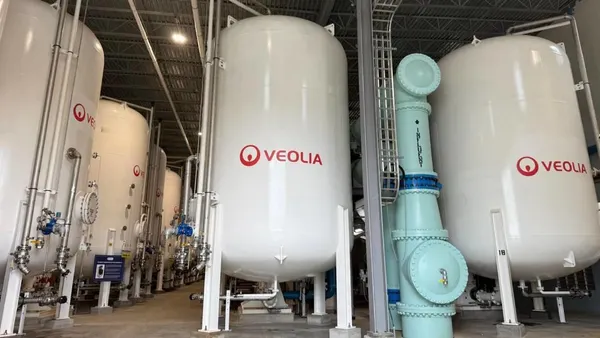Dive Brief:
- Knoxville stopped collecting glass in its curbside program this year, but residents and businesses are clearly still interested in recycling the material. Drop-off centers have seen a 63% increase in volume so far, as reported by WBIR.
- During the second half of 2016, the centers received an average of 28 tons per month. During January alone the centers received 45 tons of material.
- While officials say this is creating a cleaner material stream, some local bars and restaurants say the new system makes it harder for them to recycle at the end of the night because drop-off bins are too full or too far.
Dive Insight:
The city announced this policy change late last year after much consideration. Other cities have also decided it wasn't worthwhile to transport heavy, mixed glass that could be contaminating other more valuable materials and have therefore taken similar approaches.
Expanding drop-off options in lieu of curbside glass collection has been a popular alternative in Houston, Nashville, New Orleans and elsewhere. While the capture rate at these sites were expected to be somewhat low the numbers from Knoxville seem to show that interest in the programs may be higher than anticipated. Drop-off programs are on the decline as curbside access becomes more widely available, but residents in some cities have actually been shown to prefer them and that could be a factor.
Yet this program may need an update to be more accessible for the commercial customers that often generate the largest amount of glass on a regular basis. Oregon recently announced plans for a pilot program to collect glass bottles for refilling, though full implementation is years away and the logistics could be challenging to replicate. In the meantime, adding more centrally located collection bins in commercial areas or finding a way to do targeted collections at these establishments may be the best way for Knoxville to get the most value from glass in its waste stream.










